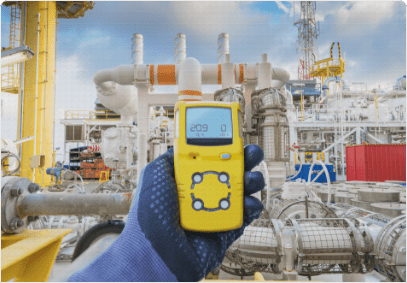Things about Roar Solutions
Things about Roar Solutions
Blog Article
Excitement About Roar Solutions
Table of ContentsSome Known Incorrect Statements About Roar Solutions The Roar Solutions StatementsSome Known Questions About Roar Solutions.
In order to protect installations from a possible surge a method of evaluating and categorizing a possibly unsafe area is called for. The purpose of this is to make sure the appropriate selection and installment of tools to inevitably stop a surge and to make sure safety of life.
(https://www.goodreads.com/user/show/184188085-thomas-carrillo)
No equipment should be set up where the surface temperature level of the devices is higher than the ignition temperature level of the offered threat. Below are some usual dust hazardous and their minimum ignition temperature level. Coal Dust 380C 225C Polythene 420C (thaws) Methyl Cellulose 420C 320C Starch 460C 435C Flour 490C 340C Sugar 490C 460C Grain Dirt 510C 300C Phenolic Resin 530C > 450C Aluminium 590C > 450C PVC 700C > 450C Residue 810C 570C The chance of the threat being present in a concentration high sufficient to create an ignition will differ from place to area.
Dangerous area electric devices possibly created for use in higher ambient temperatures. Field Repair Work By Authorised Employee: Challenging screening may not be required nonetheless particular procedures might require to be complied with in order for the equipment to keep its third celebration ranking. Each piece of devices with a dangerous ranking must be evaluated separately.
The Only Guide for Roar Solutions
The tools register is a thorough data source of equipment documents that consists of a minimum collection of fields to determine each thing's area, technological specifications, Ex lover classification, age, and ecological information. The proportion of Detailed to Shut examinations will be identified by the Devices Threat, which is analyzed based on ignition danger (the likelihood of a source of ignition versus the chance of a combustible atmosphere )and look at this web-site the dangerous area classification
( Zone 0Area 1, or 2). Applying a robust Risk-Based Examination( RBI )technique is crucial for ensuring compliance and safety and security in managing Electrical Devices in Hazardous Locations( EEHA).
Roar Solutions for Dummies

In terms of explosive danger, a dangerous area is an atmosphere in which an eruptive environment is existing (or might be expected to be existing) in quantities that need unique safety measures for the construction, setup and use of equipment. eeha. In this write-up we explore the obstacles faced in the workplace, the danger control procedures, and the called for proficiencies to function safely
These substances can, in particular problems, develop explosive atmospheres and these can have major and tragic consequences. Many of us are acquainted with the fire triangular get rid of any kind of one of the 3 components and the fire can not take place, yet what does this mean in the context of unsafe locations?
In the majority of instances, we can do little about the levels of oxygen airborne, however we can have significant influence on sources of ignition, as an example electric devices. Harmful areas are recorded on the dangerous location category drawing and are identified on-site by the triangular "EX" indicator. Right here, among other key information, areas are split into 3 types relying on the threat, the likelihood and period that an eruptive environment will certainly exist; Zone 0 or 20 is considered the most hazardous and Area 2 or 22 is deemed the least.
Report this page